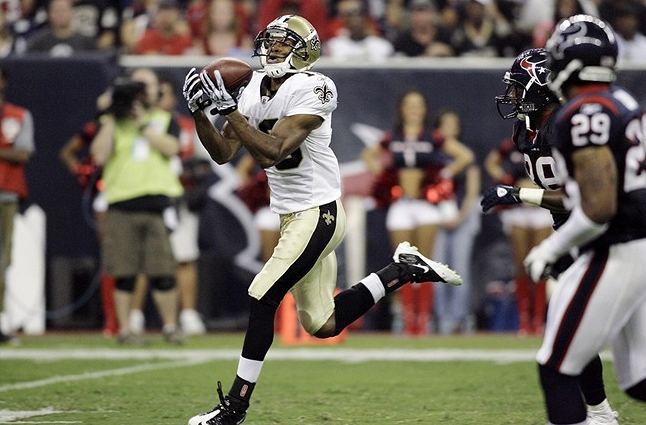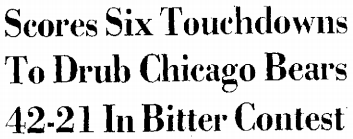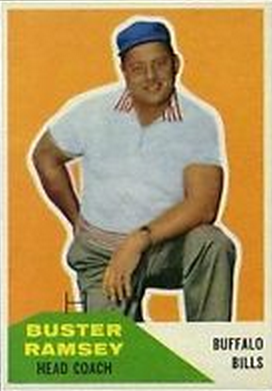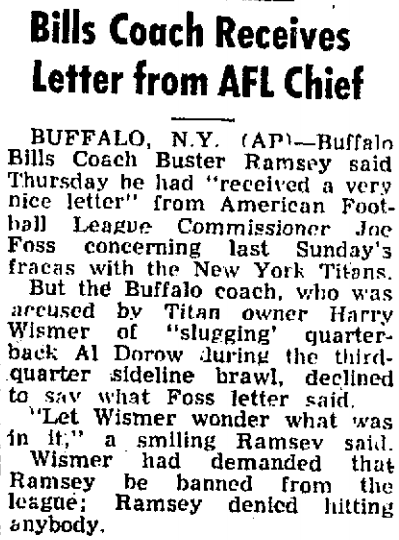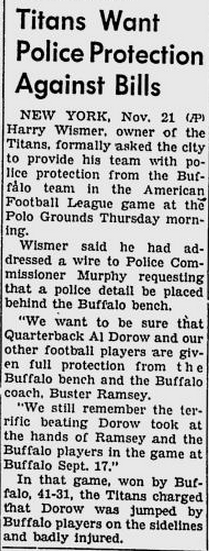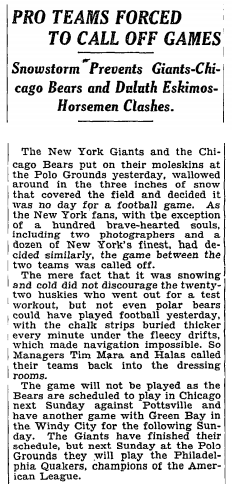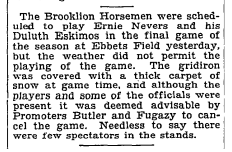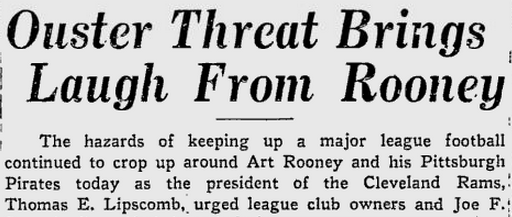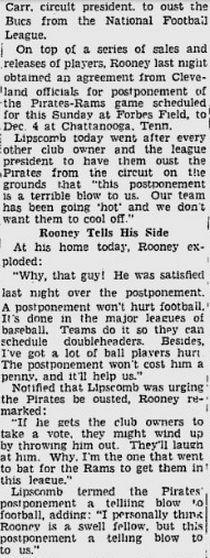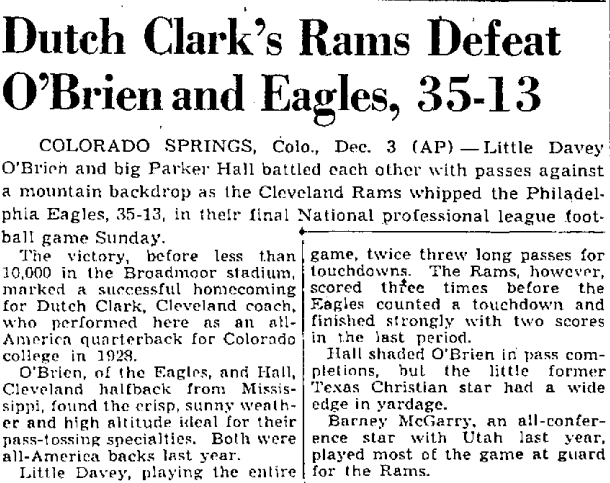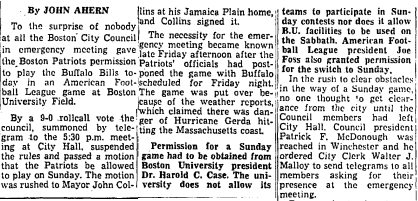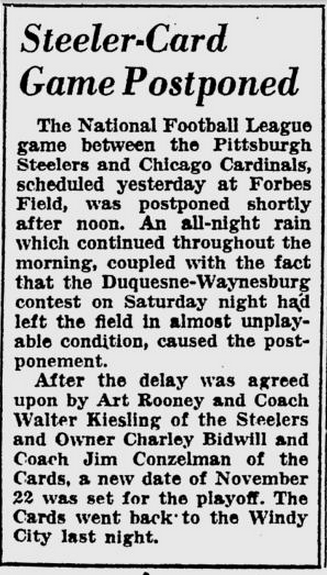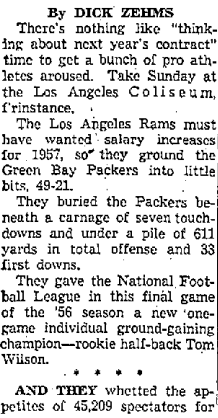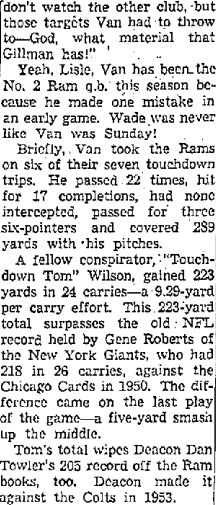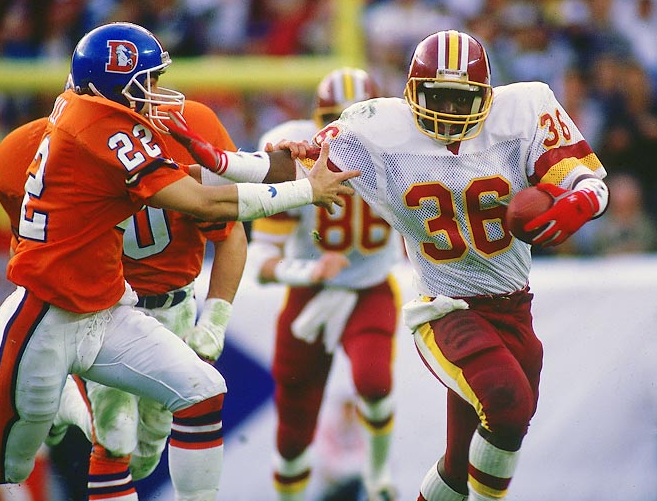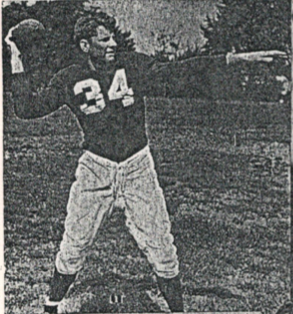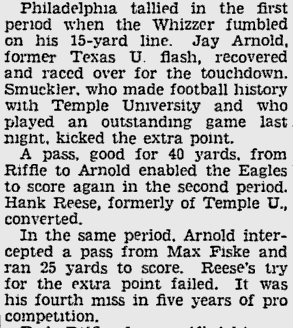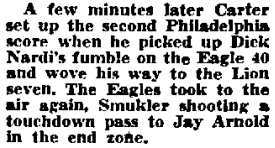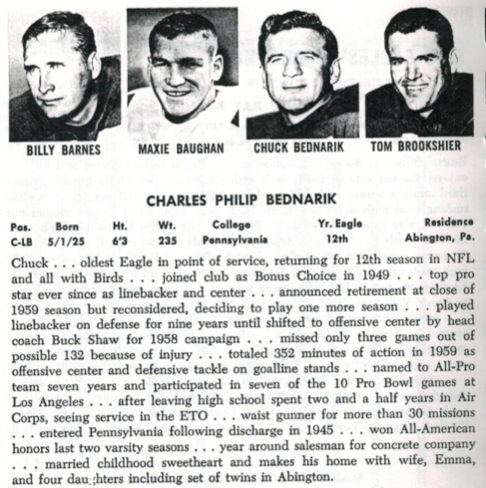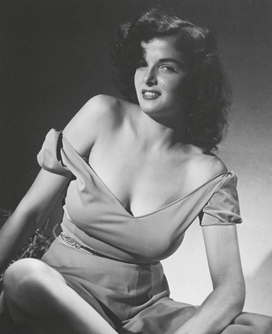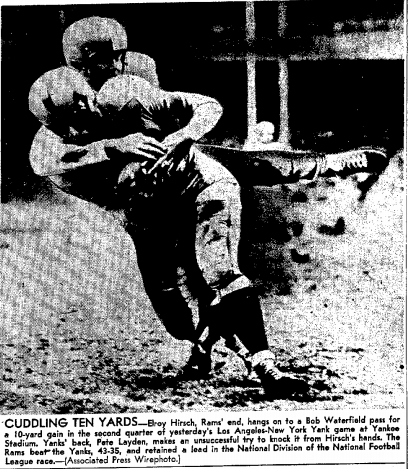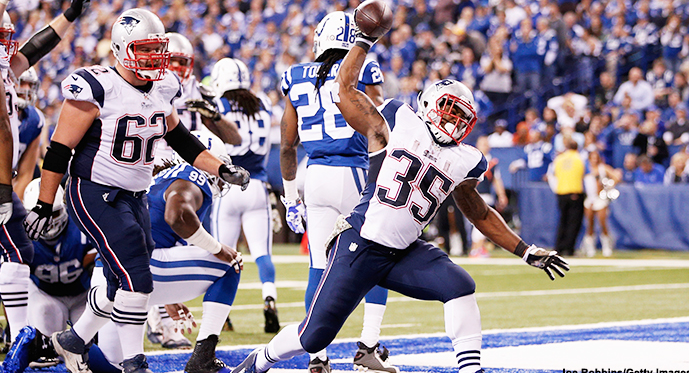If you’re a frequenter of this site, you know I’m always on the lookout for the oddball game — the “snowflake.” Saints wide receiver Joe Morgan had one of the all timers Monday night against the Ravens.
Here’s what Morgan did the first time he touched the ball:
And here’s what he did the second time he touched the ball: ![]() That’s it. There was no third time he touched the ball. He finished with one rush for 67 yards and one reception for 62. Do the math and you get 129 yards from scrimmage — again, on two touches. That’s insane. It’s also something no one else has done since at least 1960.
That’s it. There was no third time he touched the ball. He finished with one rush for 67 yards and one reception for 62. Do the math and you get 129 yards from scrimmage — again, on two touches. That’s insane. It’s also something no one else has done since at least 1960.
In fact, only eight other players in that period have had even a 20-yard gain both rushing and receiving, never mind a 60-yarder, in a two-touch game. It’s just really unusual. (Note: I’ve excluded anybody who might have returned a punt or kickoff in the same game. I’m being strict about this: two touches — period.)
ONE RUSH FOR 20+ YARDS, ONE RECEPTION FOR 20+ YARDS IN A GAME
[table width=”500px”]
Date,Player\, Team,Opponent,Rush,Catch,Total
11-24-14,WR Joe Morgan\,Saints,Ravens,67,62,129
12-12-71,WR Mel Gray\, Cardinals,Eagles,38,80*,118
9-3-95,WR Leslie Shepherd\, Redskins,Cardinals,26,73*,99
10-1-00,WR Eddie Kennison\, Bears,Packers,52,21,73
12-17-60,RB Nyle McFarlane\, Raiders,Broncos,23,49*,72
11-2-03,WR Donald Driver\, Packers,Vikings,45,26,71
11-15-09,WR Robert Meachem\, Saints,Rams,41,27*,68
11-10-96,WR Rocket Ismail\, Panthers,Giants,35,30,65
11-2-80,WR Leonard Thompson\, Lions,49ers,30,30,60
[/table]
*touchdown
(In a 1981 game against the Saints, the Cardinals’ Roy Green had one rush for 44 yards, one reception for 28 and one interception for 29. A performance like that certainly deserves mention, even if the pick disqualifies him from this list.)
What makes Morgan’s night all the sweeter is that touches have been so rare for him in his two NFL seasons. He’s had just 14 — 12 catches, 2 rushes. But he’s gotten a lot of yardage out of those opportunities, including 10 gains of more than 25 yards. Average gain on receptions and rushes combined: 36.9 yards (14/516).
Nobody does that. Ladies and gentlemen, I give you Joe Morgan.
Source: pro-football-reference.com

